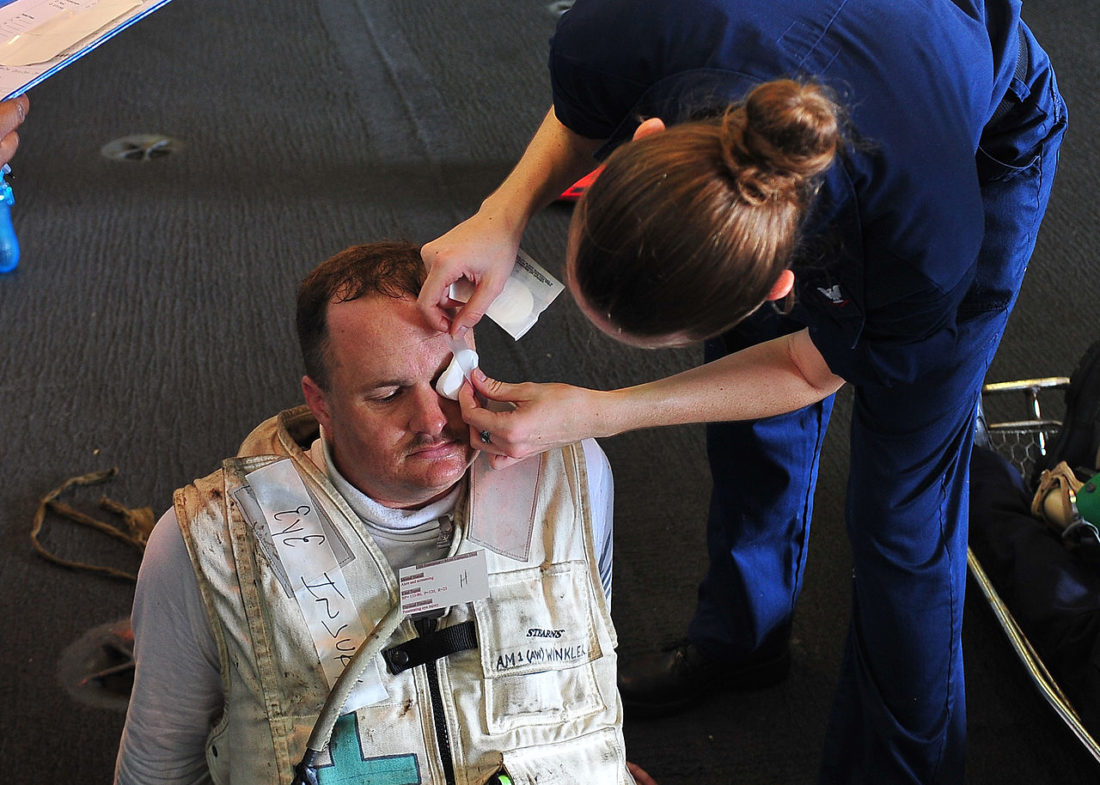7 Easy Ways to Reduce or Prevent Workplace Injuries

One of the biggest costs for American companies is one that often goes unnoticed by CEOs and major decision makers: workplace injuries. Between the costs of worker’s compensation claims and productivity loss, workplace injuries are estimated to cost American businesses more than $250 billion every year. Fortunately, there are some easy ways to reduce the rate and severity of injuries in your workplace without a dramatic overhaul of your current policies and procedures.
The Benefits
Obviously, nobody wants workplace injuries to happen, yet not all businesses make the time or effort to proactively prevent them from unfolding. That could be because they don’t realize the many benefits that such a prevention program could have:
- Employee happiness. Healthy employees are happy employees, and happy employees are more likely to stick with your company for an extended period of time. They’ll also have healthier workplace relationships, and will be less likely to cause problems in the future.
- Worker’s compensation reductions. Worker’s compensation is required to be paid for most onsite injuries, regardless of who’s at fault. This can be enormously costly if you face regular or severe injuries.
- Legal protection. Depending on the severity and nature of a given injury, your workplace could be held liable for damages. Preventing injuries altogether can reduce this massive potential cost.
- Healthy, uninjured workers are more likely to show up for work and operate at their most productive levels.
How to Do It
So what can you do to reduce workplace injuries in both frequency and severity?
- Better wellness programs. Some studies show that every dollar spent on employee wellness programs eventually led to a return of $1.50 or more. Accordingly, as long as you’re investing the money wisely, you’re almost guaranteed a positive return here. Employee wellness is a broad category that includes education programs, nutrition and exercise programs, as well as injury prevention, and therapy in some cases. More informed, healthier employees are far less likely to suffer any workplace injuries.
- Supervisor education. It’s also imperative that you invest heavily in your supervisor training program. Your supervisors will be responsible for establishing and overseeing the environments in which your employees work, as well as training employees to perform on their own. Workplace safety comes from the top down.
- Better equipment. You should also take steps to ensure your employees are working with high-quality equipment with good safety ratings, and easy to understand functionality. Purchasing equipment like lift assist devices may be a significant upfront investment, but it will make your employees far more productive, and as long as they follow the proper procedures, far less likely to experience a workplace accident.
- Ergonomic furniture. Ergonomics in the workplace, such as ergonomic chairs, desks, and office equipment, may cost you a little extra when you’re making new purchases, but they have a drastic effect on your long-term injury statistics. Employees with ergonomic gear are less likely to suffer back and neck problems, as well as chronic conditions like carpal tunnel syndrome.
- Written warnings and reminders. Just because you’ve trained your employees efficiently doesn’t mean they’ll remember everything—especially when it comes time to do a job. You can help them follow procedures correctly by including more written reminders and warnings throughout the workplace, encouraging them to conduct their tasks as safely as possible.
- Ongoing analysis. Merely instituting a new change and hoping for the best isn’t enough to see a return on your investment. You’ll need to actively monitor your new strategies, and measure your workplace injury rates as workers grow more comfortable with them. The idea is that your injury rates should go down over time, so if they don’t, you’ll know you’re doing something wrong.
- Supervision of supervision. Finally, have multiple levels of supervision and monitoring in place. Your supervisors are responsible for overseeing operations and ensuring safety measures are being followed, but you should have a system in place to monitor and supervise them—at least occasionally—to ensure they’re taking care of it.
These seven strategies are just the start of the efforts you could take to eliminate workplace injuries from your business altogether. Many of them will cost you money—both in upfront costs and the costs of managing them over an extended period of time. But ultimately, those costs will pale in comparison to the costs of the would-be injuries that these strategies are designed to prevent.









